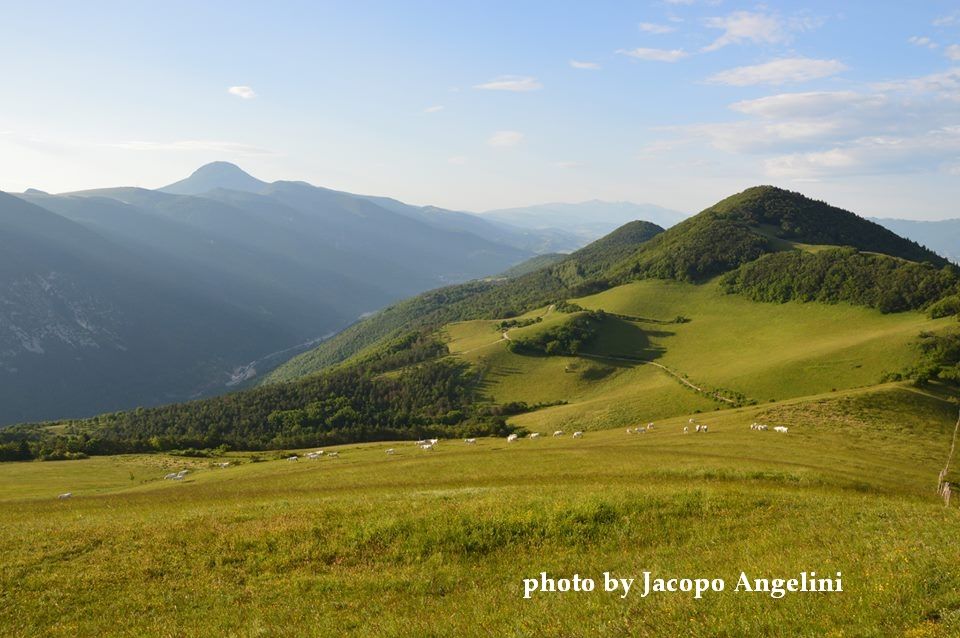Le Marche, a region kissed by beauty. A beauty consolidated by a history and a culture that have solid foundations in the tradition of Benedictine abbeys and medieval villages. But also a fragile state that could be definitively compromised. What is the state of nature? We asked Jacopo Angelini, wildlife expert and ornithologist, author of numerous scientific publications and above all in love with the Marche region. He has collaborated for decades with university institutes both in the zoological and botanical sector and in that of historiographical research, as a scholar of environmental history of the central Apennines and a member of Labstoria (Historical Research Institute of the Municipality of Fabriano).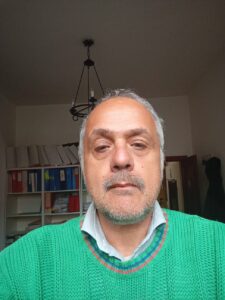
Traveler and explorer of the Eurasian continent, he walked hundreds of kilometers and studied the mountain ecosystems of some of the main mountain ranges (Scandinava, Svalbard, Cantabrian mountains, Central Sierra, Pyrenees, Central Massif, Corsica, Sardinia, Sicily, Crete, Balkans, Carpathians, Caucasus, Anatolia, Ararat, Tian Shan Central Asia, Himalaya) deepening the knowledge of their ancient peoples.
From his point of view, nature defends itself in the hinterland of the Marche, but in the coastal part it shows clear signs of decline. We need to intervene and quickly. A warning that Angelini addresses to generations of young people for a possible change
How is the state of nature in the Marche region. Faced with a common current that sees us as a happy island, can we feel safe from the global environmental crisis?
The state of nature in the Marche is currently in a good situation in the mountain area, less so in the hilly and coastal areas, where the overbuilding and urbanization of the territory has created fragile areas on a hydrogeological level and where with the use of pesticides and herbicides the Agriculture has polluted aquifers and depleted agricultural land. To adapt to and mitigate the ongoing climate change, it is necessary to implement interventions to improve public green areas in cities, trying to reduce heat islands, planting new trees, developing regenerative, less impactful organic agriculture and creating areas of lamination near the river mouths. of rivers to reduce the hydrogeological risk associated with extreme events such as floods and protect the Apennine forests, true green lungs for the entire Marche region and maintain the Apennine prairies, created already in the Neolithic era as important treasure chests of biodiversity at a European level.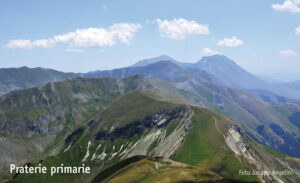
He has participated in important works for the monitoring of forests in Central Italy such as the WWF initiative for the forests of Tuscany which gave rise to an experience of active monitoring of citizens. What can we do to monitor our situation? Is it time to become an active participant by taking on our responsibilities?
The active monitoring of forests with citizen science interventions as in Tuscany is very important and would be important to protect the Apennine forest heritage and create the carbon credit bank, which each forest can absorb to limit the impact of global changing, which they can be purchased from companies present on the Marche coast and hills to contribute to the reduction and absorption of greenhouse gases. This awareness raising intervention should start from schools.
We would like to do slow and better tourism. Are we proceeding in the right direction?
A slow tourism, slow like that linked to historical naturalistic paths such as the Franciscan path of the Marche from Assisi to Ascoli Piceno, the path in changed lands that goes from Fabriano to L'Aquila, the first solidarity path in Europe, which crosses all the territories affected by the earthquake of 2016 or that of the Abbeys, with the highest density of Benedictine abbeys in Europe in the mountain area of Fabriano between Umbria and Marche, it can develop very important economies of scale by making known Apennine territories rich in history, nature and biodiversity, slowing down also the depopulation of the medieval Apennine villages
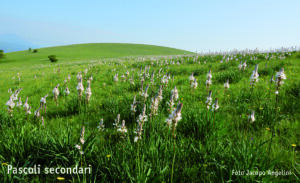 .
.
. You are passionate about walking and you reconstruct the traces and history of it. Is it just a thing of the past or can we revive that experience?
The journey slowly leads you to learn about the history of the territories and the daily life of the populations who have lived there for thousands of years and also allows you to learn about the rich local food and wine linked to the agricultural biodiversity of the Marche.
In his writings he sometimes criticizes the way we treat our land. Where can we start in our region to lay the foundations for a different future? what are the allied forces? what can we count on?
In this current historical moment we must all protect the great biodiversity present in our Region, helping and promoting the protected areas (parks and nature reserves), the medieval villages and the Benedictine abbeys, a true treasure chest of knowledge and careful protection of the territories for centuries. We must also promote renewable energy communities linked to small solar and wind renewable systems, which can also help local communities to support a lower cost of energy, instead limiting the construction of large industrial photovoltaic systems, which lead to the loss of the use of agricultural land and position the panels in industrial and artisanal areas, already degraded at an environmental level and large wind farms, linked only to the economic logic of large multinational groups, which bring no benefit to local communities and cause the loss of one of the most important collective assets, which is our naturalistic historical landscape, which for seven thousand years in our region has been shaped and shaped by the populations who have lived there, which is unique in Europe.
Would you advise someone from the Marche who lives outside our region to return to live here?
I would certainly advise him to return to live in our region, which has a very high level of quality of life and is rich in historical and naturalistic testimonies unique in Europe with a good level of healthcare.
Tell us an anecdote that gives us strength and determination to look forward
Our region, "Mark", a border land, where very different ethnic groups have lived for many centuries, a true hinge between the north and south of Italy, was united by the values of San Benedetto in the Middle Ages, patron saint of Europe which are work, prayer, meditation, reading and study and hospitality, which must be brought back to priorities for our communities in the Marche, to be made known and spread also in our primary and secondary schools, as values founders of our populations.
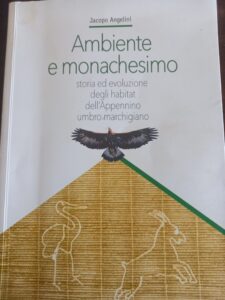 His latest book "Environment and Monasticism"
His latest book "Environment and Monasticism"
published by Visibilio

